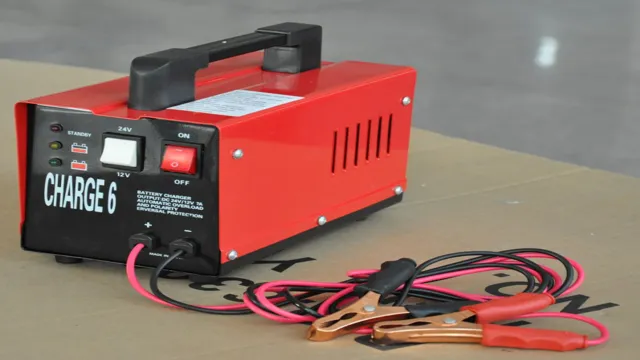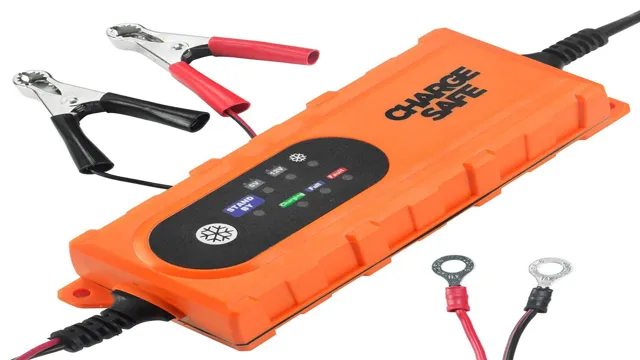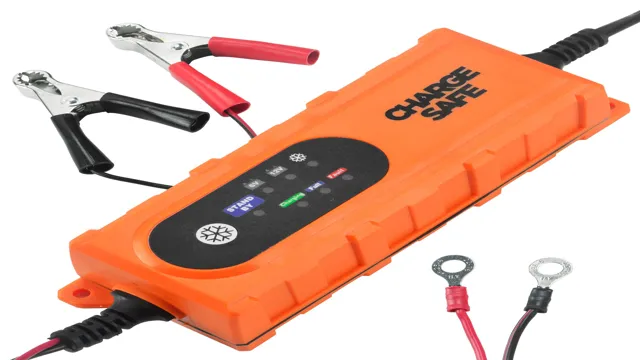When Connecting a Car Battery Charger: Which Terminal First to Avoid Damage?
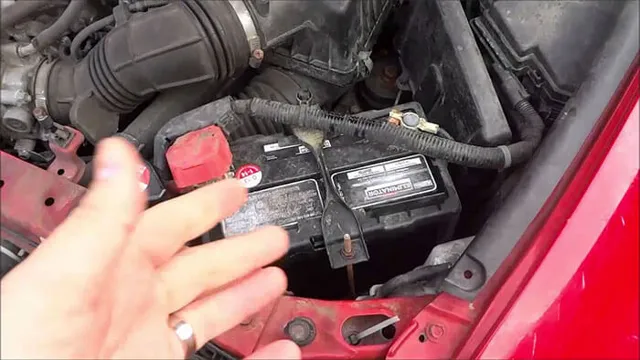
If you’re a car owner with a dead battery, you may be wondering how to safely connect the car battery charger. It’s a common question, and for good reason – improperly connecting the charger can result in damage to both your battery and vehicle. One of the biggest concerns is which terminal to connect first, as this can greatly impact the safety and effectiveness of the charging process.
Luckily, this guide is here to help. By following the steps outlined below, you’ll feel confident in your ability to connect your car battery charger without causing harm to yourself or your vehicle.
Safety First
When connecting a car battery charger, it is crucial to prioritize safety above all else. To start, always ensure that the car engine is turned off and the keys are removed from the ignition. Next, identify the positive and negative terminals on the battery – the positive will typically be marked with a “+” sign, while the negative will be marked with a “-“.
The order in which you connect the charger cables is important – always connect the positive cable first, followed by the negative. This prevents any potential sparks or electrical surges from occurring near the battery and reduces the risk of injury. Once both cables are connected, you can safely plug in the charger and turn it on.
Remember, safety should always come first when working with car batteries – taking the extra time to double-check your steps and follow proper procedure is well worth the effort to prevent accidents or damage to your vehicle.
Importance of Proper Connection
The importance of proper connections cannot be stressed enough when it comes to any electrical work. Safety should always be our top priority as even the slightest mistake in connecting wires can lead to disastrous consequences. It’s crucial to ensure that the right tools and materials are used for the job and that all wire connections are secure and tight, potentially preventing hazards like electrocution or electrical fires.
Remember, always wear protective gear such as rubber gloves or boots, and never touch exposed wires with bare hands or wet equipment. Taking extra precautions may take a little extra time and effort but is undoubtedly worth it in the long run. A little carelessness here could potentially cost you or someone else their life.
So when you’re working on any electrical system, always prioritize safety above all else.
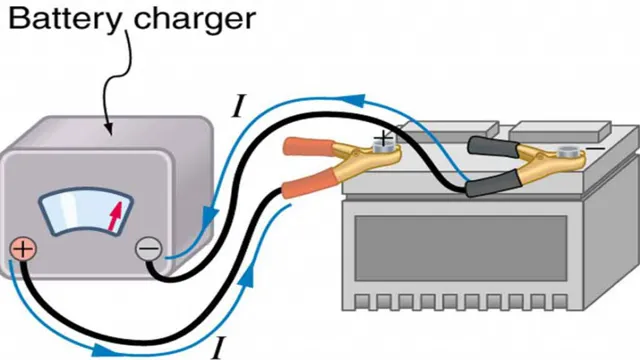
Safe Handling of Car Battery
When it comes to handling car batteries, safety should always be our top priority. These powerhouses contain hazardous chemicals like lead and acid that can be harmful to both our health and the environment. To minimize the risk of injury or damage, it is crucial to wear protective gear like gloves, goggles, and masks whenever handling a battery, especially if it has been cracked or leaking.
It is also essential to work in a well-ventilated area, as the fumes produced by a battery can be toxic if inhaled in large amounts. Moreover, never attempt to remove a battery while the engine is running, as this can cause electrical shock or short circuits. Instead, make sure to turn off the engine and disconnect the negative cable before removing the battery.
By following these simple but essential safety measures, we can minimize the risk of accidents while handling car batteries and ensure a safer and healthier working environment.
Step-by-Step Guide
When it comes to connecting your car battery charger, it’s important to get it right to avoid any damage or danger. The first step is to make sure that the charger is turned off and unplugged before you even think about touching the battery terminals. Next, locate the positive and negative terminals on the battery.
The positive terminal is usually marked with a plus (+) sign, while the negative terminal is marked with a minus (-) sign. It’s always best practice to connect the positive terminal first. This helps to avoid any sparks which could occur if you accidentally touch the negative terminal with the positive cable.
Once the positive terminal is connected, you can then safely connect the negative terminal. Remember to double-check your connections before turning on the charger to avoid any issues caused by reversing the terminals. By following these simple steps, you should be able to connect your car battery charger with ease and confidence.
Step 1: Turn off the Car and the Charger
If you’re wondering how to properly turn off your electric car and charger, it’s actually a pretty simple process. First off, make sure that you’ve safely parked your car and turned off the engine. Then, it’s crucial that you turn off the charger as well.
This is important not just for safety reasons, but to also prevent overcharging and prolong the lifespan of both your car and charger. It’s important to note that some chargers may have different methods of turning off, so be sure to check the manufacturer’s instructions. By taking these steps, you’re not only ensuring the safety and longevity of your car and charger, but you’re also setting a good example for others in the EV community.
Happy charging!
Step 2: Connect the Positive Terminal
Connecting the positive terminal of your car battery is an important step in the process of jump-starting your vehicle. Typically, the positive terminal is indicated by a red-colored cap or a “+” sign. Once you have identified it, you will need to attach the positive end of the jumper cable to it.
To do so, make sure that both cars are turned off and that the cables are untangled and free of any knots or kinks. Begin by connecting the red end of the jumper cable to the positive terminal of the dead battery, then connect the other red end to the positive terminal of the charged battery. It is important to ensure that the connection is secure and that there are no loose parts.
Once connected, give the cable a slight tug to verify that the grip is firm. Remember, the cables are carrying electrical current, so it is important to be cautious. By following this step-by-step guide, you can successfully and safely connect the positive terminal of your car battery.
Step 3: Connect the Negative Terminal
Now that we’ve connected the positive terminal, it’s time to connect the negative terminal. This is crucial, as it completes the circuit and allows the battery to provide power to your vehicle. To connect the negative terminal, take the black or negative cable and place it onto the negative terminal on the battery.
Ensure that it is securely fastened and tightened with a wrench or pliers. Be careful to not let the negative cable touch any metal parts of the car, as this can cause a short circuit and potentially damage your vehicle. Once the negative cable is securely connected, you can start your car and check that the battery is working properly.
By following these simple steps, you can successfully replace your car battery, without the need for a mechanic.
Step 4: Turn on the Charger and Monitor the Battery
After plugging in the charger and connecting it to the battery, it’s time to turn it on and start charging. But don’t just walk away and forget about it – it’s important to monitor the battery and the charger throughout the process. Keep an eye on the voltage and current readings on the charger, making sure they stay within the safe range for your battery.
If you notice any fluctuations or abnormalities, stop the charging process immediately and investigate the issue. It’s also a good idea to check the temperature of both the battery and the charger periodically, as overheating can be a dangerous problem. Overall, keeping a close eye on the charging process will help ensure the safety and longevity of your battery.
Conclusion
In conclusion, connecting a car battery charger is a task that requires attention and care. Just like in any relationship, it’s important to approach it with the right mindset. Therefore, to avoid any sparks or mishaps, always connect the black negative terminal first, because as the saying goes: start with the negative, and end with the positive – a winning strategy, both in love and in battery charging.
“
Proper Connection is the Key to Charging Your Car Battery Safely
When charging your car battery, it’s crucial to ensure that you have the proper connection to prevent any safety risks or damage to your vehicle. Before getting started, make sure that the charging equipment is compatible with your car’s battery and that there are no loose or damaged wires. Begin by connecting the positive (+) lead of the charger to the positive terminal on your car battery and the negative (-) lead to the negative terminal.
Take care not to touch the leads together or accidentally connect them to the wrong terminal, as this could result in a dangerous spark or overload. Once the connections are in place, turn on the charger and monitor the progress with the amp and voltage meters. When the battery is fully charged, disconnect the charger in the opposite order – negative lead first, then the positive.
And remember to always handle your battery with care and make sure it’s in a well-ventilated area when charging. By following these simple steps, you can safely charge your car battery and avoid any potential hazards.
FAQs
Do I connect the positive or negative terminal of the car battery first when using a battery charger?
Always connect the positive terminal first, followed by the negative terminal.
Will connecting the battery charger terminals in reverse order cause any damage to the car battery or the charger itself?
Yes, connecting the negative terminal first in a battery charger can cause damage to both the battery and charger. Always follow the correct sequence of connecting positive first.
How long should I leave the battery charger connected to my car battery?
The duration of charging depends on the charger’s specification and the battery’s size. Check the charger’s manual for specific instructions on duration or look for the auto shut-off feature.
Can a car battery charger overcharge my car battery?
Yes, if left connected for an extended period, a car battery charger can overcharge a car battery, leading to the battery’s damage. Look for chargers with an auto shut-off feature or keep track of the charging duration.
What can I do if my car battery won’t hold a charge even after using a battery charger?
If the car battery doesn’t hold a charge even after charging, it may need to be replaced. Check the battery’s age and if it’s holding a charge correctly. Also, check for issues with the alternator that could have caused the battery to die.
Can I use any battery charger for my car battery?
No, not all battery chargers are compatible with all types of car batteries. Check your car battery’s type and the charger’s compatibility specifications before using.
Can I manually charge a car battery without using a battery charger?
Yes, you can manually charge a car battery by jump-starting it with another vehicle’s battery or charging it with a manual charger that requires a power outlet. However, a battery charger is the most efficient and convenient way to charge a car battery.
